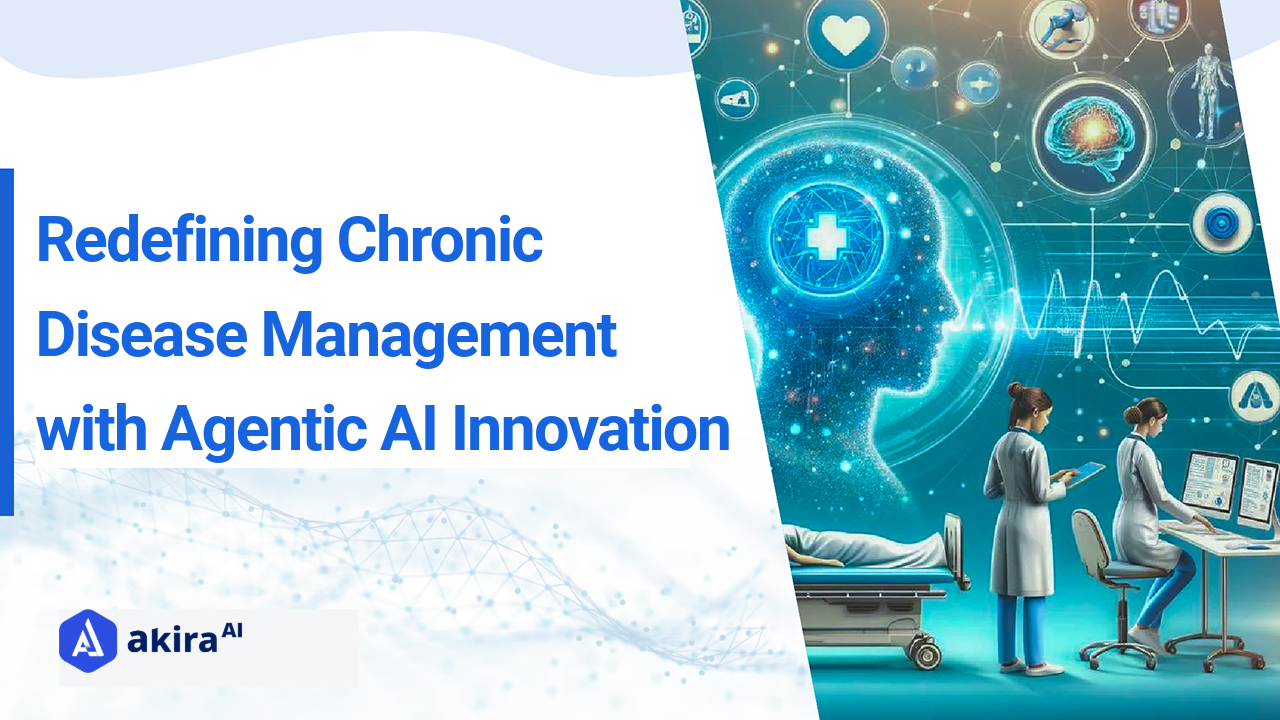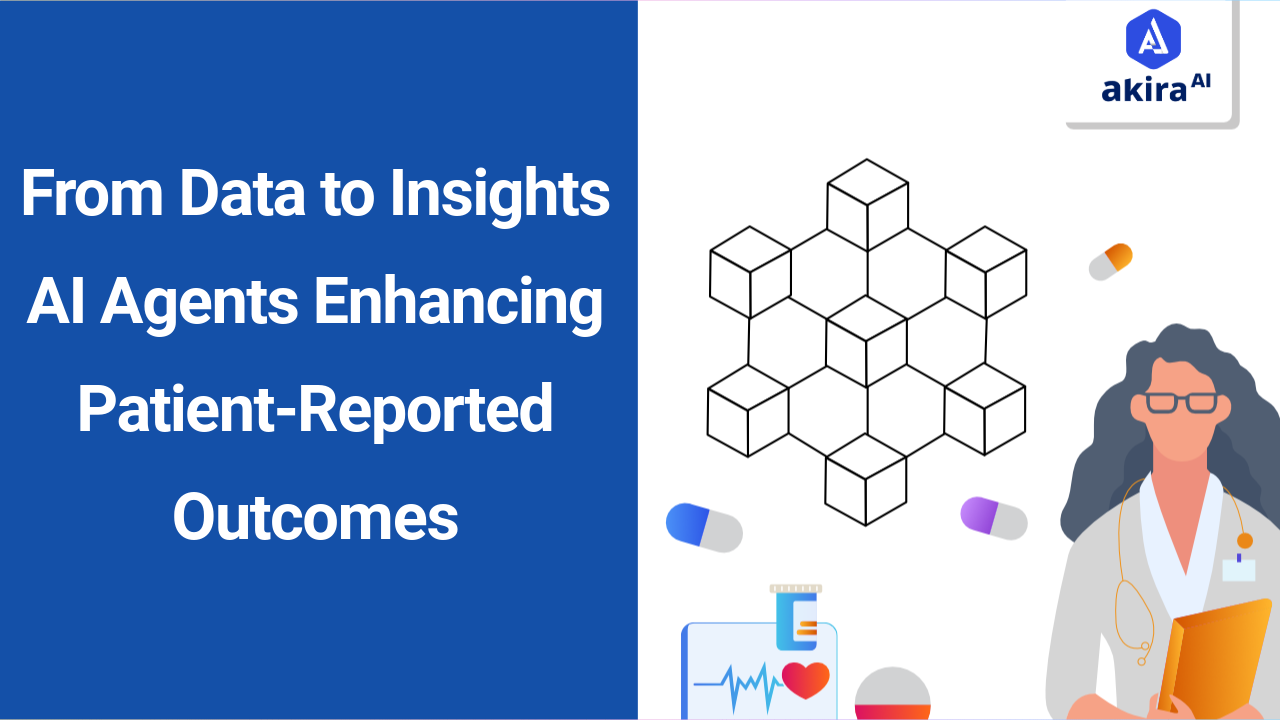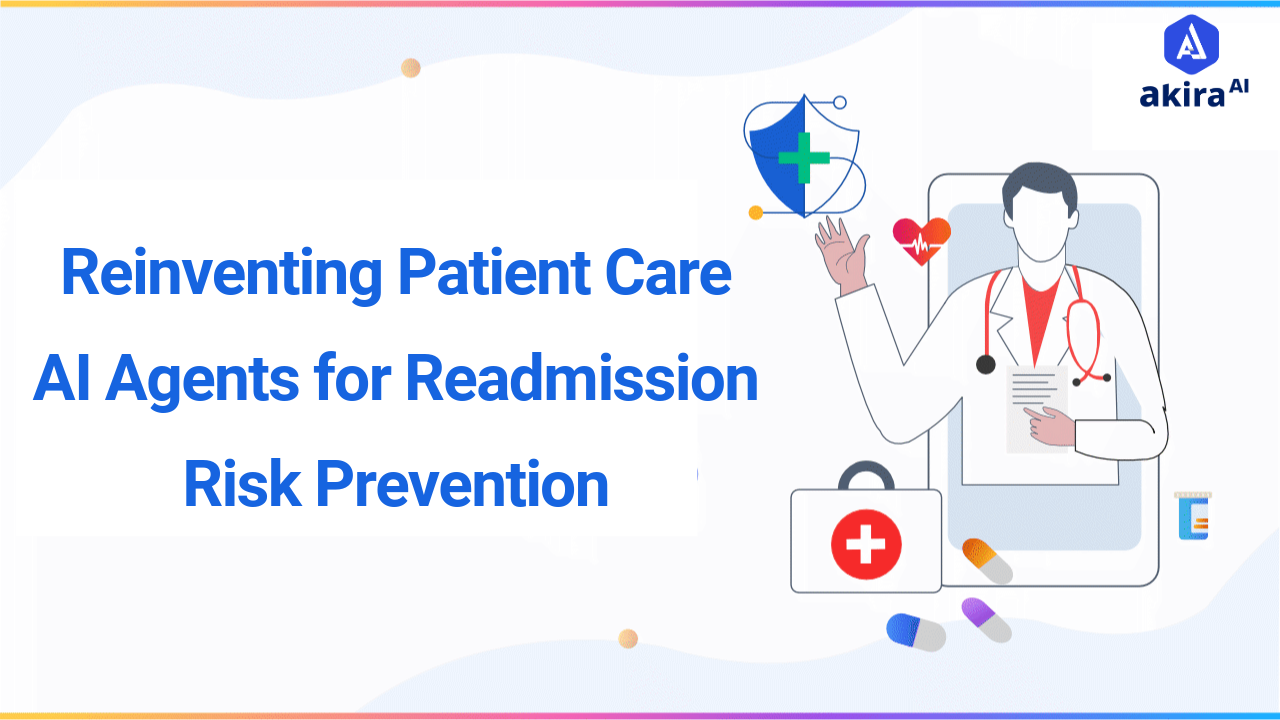Running a healthcare facility comes with its challenges. With so many responsibilities, from delivering high-quality patient care to ensuring that staff, equipment, and spaces are used effectively, it’s easy for things to get out of control. But imagine if technology could facilitate these functions. That’s where AI-driven hospital resource optimization comes in. AI agents are generating completely new paradigm shifts for the hospital industry, from resource management to patient handling. In this blog, we’ll explore how these intelligent agents are rewiring hospital workflows and why agentic AI in healthcare is the future of hospital management.
What is Hospital Resource Optimization?
Hospital resource management mainly deals with the effective utilization of different resources, such as equipment, human capital, and hospital wards. The aim is to ensure the optimum consumption of these resources while still meeting the standard set in terms of patient care. Effective resource scheduling and planning play a crucial role in ensuring no overburdening or underusing of critical assets, which can lead to delays, higher costs, or compromised care. The integration of AI in the healthcare industry has paved the way for a new generation of resource management, where AI agents play a more proactive role in managing the flow of operations in the health service industry in real-time.
A Brief Overview of Hospital Resource Optimization in Healthcare
Efficient utilization of limited resources within a hospital can go a long way in ensuring organization and quality healthcare delivery. Earlier, it was accomplished through planning, with the help of spreadsheets or basic algorithms that would factor in the resource allocation relying on patterns or previous resource usage data. These methods are not flexible enough since the circumstances in the healthcare context are often unpredictable. On the other hand, the healthcare paradigm with AI integration is a more proactive concept that lets us collect data in real-time, make forecasts, and make decisions. This results in better resource scheduling, improved coordination among departments, and an overall boost in operational efficiency.
When integrated into the hospital's resource management system, AI agents can significantly boost hospital resource optimization. These agents are capable of learning from prior experience, forecasting needs in the future, and making decisions on their own, which is not possible in a conventional system. Hence, these intelligent agents can always process diverse data like patient inflows, medical personnel availability, equipment usage, and control resources in real-time. This ensures that resources are always allocated where needed most, reducing idle time and preventing shortages.
Traditional vs. Agentic AI Hospital Resource Optimization
|
Aspect |
Traditional Hospital Resource Optimization |
Agentic AI-Based Hospital Resource Optimization |
|
Resource Allocation |
Often manually scheduled based on predefined rules and historical data |
AI-driven allocation that learns from data and adapts to real-time changes |
|
Flexibility |
Limited flexibility to adjust in real-time to changing conditions |
Highly flexible, adjusts dynamically to unforeseen circumstances |
|
Decision-Making |
Based on human intervention or simple algorithms with fixed rules |
Autonomous decision-making based on machine learning and real-time data |
|
Efficiency |
Prone to inefficiencies, underutilized resources, and human error |
Optimizes resource utilization, minimizes downtime, and maximizes throughput |
|
Data Processing |
Relies on manual data entry and limited analysis |
Continuous real-time data collection and processing for better insights |
|
Operational Cost |
Often higher due to manual labor and inefficiencies |
Reduces operational costs through automation and optimized workflows |
Akira AI Multi-Agent in Action
Akira AI’s multi-agent system is at the forefront of AI-driven hospital resource optimization, with a powerful orchestrator that coordinates different specialized agents to optimize various hospital processes. Here's a look at how Akira AI operates:
-
Master Orchestrator: This core control system supervises the total resource allocation process, and all the agents are required to coordinate and communicate. It works as the interface between different departments and sub-systems to synchronize activities in the entire hospital.
-
Staff Scheduling Agent: The Staff Scheduling Agent manages the resource scheduling of hospital staff. Through recording lessons learned over time, as well as inputs such as patient turnout or staffing capacity, this agent achieves optimum staff positioning within the facility at the required time.
-
Patient Flow Agent: Responsible for monitoring patient movement within the hospital, the patient flow agent uses predictive models to optimize the flow of patients from admission through discharge, ensuring that bottlenecks in high-traffic areas (e.g., emergency rooms operating rooms) are minimized.
-
Inventory Management Agent: This agent is in charge of handling all the medical gadgets and goods, making sure that chemicals, pills, blades or masks, gloves, and other fundamental assets are well supplied. It leverages usage patterns to anticipate future requirements to avoid common scarcities or overstocking of supplies.
-
Bed Management Agent: The bed management agent is responsible for the proper distribution of the hospital beds, including the ICU beds and general wards. This agent integrates real-time patient data with resource availability to minimize waiting times and optimize the use of available beds.
-
Emergency Response Agent: In general, in circumstances like natural disasters or a pandemic, the emergency response agent quickly shifts resources and changes the schedule to meet the increased demand of patient care, so the hospital stays adaptable.
Application of Hospital Resource Optimization in Healthcare
AI-based solutions for healthcare are already being applied in several key areas to drive hospital resource optimization:
-
Predictive Staffing: Agentic AI can estimate the data by a patient's arrival rate and flu season, among other factors, where hospitals can schedule their staff appropriately without overworking them.
-
Emergency Room (ER) Optimization: AI agents can predict patient surges based on historical data, adjusting staff schedules and bed assignments proactively.
-
Predictive Equipment Management: The multi-agent system can predict when hospital equipment will be in high demand, suggesting maintenance schedules or reallocating resources as needed to prevent shortages.
-
Dynamic Bed Allocation: Autonomous agents decide who needs a bed in a hospital when therefore making a large impact on resource utilization and patient delays.
-
Personalized Patient Care: Agentic AI helps decide on the actions to be implemented for different patients depending on the resources that the system has available.
Operational Benefits of Hospital Resource Optimization
AI agents can bring several operational benefits to healthcare systems. Below are five key benefits:
-
Optimized Operational Efficiency: By automating resource scheduling and planning, these agents reduce administrative workload, increase the efficiency of healthcare workers, and speed up decision-making. Studies have shown that hospitals utilizing AI solutions see a 25% improvement in overall efficiency.
-
Cost Savings Through Optimization: By optimizing resource utilization, autonomous agents help reduce operational costs, particularly in the areas of staffing and equipment management. Hospitals that use agentic AI for resource optimization can save up to 30% in costs related to inefficient resource allocation.
-
Increased Workforce Productivity: AI in healthcare boosts productivity by handling routine tasks, such as scheduling or inventory management, allowing healthcare workers to focus on patient care. AI solutions drive a 30% increase in overall productivity in hospitals.
-
Improved Decision-Making Speed: AI agents learn based on acquired facts and respond to events as they happen, enhancing response time for critical event situations in the hospital. This reduces bottlenecks and enhances patient flow. Hospitals leveraging this technology for resource optimization have reduced wait times and improved patient satisfaction by 15-20%.
-
Adaptable Resource Scalability: AI-powered systems are highly scalable. As hospitals grow or face sudden surges in patient volume (e.g., during flu season or pandemics), these agents adapt to changing conditions without requiring significant human intervention, thus maintaining resource efficiency.
Technologies Transforming in Hospital Resource Optimization in Healthcare
Several key technologies are enabling AI agents for hospital resource optimization:
-
Machine Learning powers predictive models that help optimize staffing, equipment management, and patient flow by analyzing past data and forecasting future needs.
-
Natural Language Processing (NLP) improves communication between systems by enabling AI agents to interpret and respond meaningfully to unstructured data, such as patient records.
-
Cloud Computing offers the infrastructure for real-time data processing and supports system scalability, allowing healthcare operations to adapt to increasing data demands.
-
The Internet of Things (IoT) provides information from objects connected to the web to assist in making better decisions regarding the stock and equipment of a hospital.
The Future Trends of Hospital Resource Optimization
The future of hospital resource optimization looks promising with the integration of agentic AI. Key trends include:
-
Greater AI Integration: Hospitals will increasingly rely on AI agents to automate and optimize all aspects of resource management, from staffing to patient flow.
-
Smarter Predictive Analytics: AI systems will become more sophisticated, enabling hospitals to predict future demand more accurately.
-
Improved Patient Outcomes: As resource management improves, hospitals can provide more timely and personalized care, leading to better patient outcomes.
-
Increased Adoption of Multi-Agent Systems: Multi-agent systems will become more prevalent, enabling hospitals to create more dynamic, adaptive workflows.
-
AI-Driven Financial Planning: The multi-agent systems will help hospitals optimize budgets, forecast resource needs, and better allocate funds to improve operational efficiency.
Final Reflections on Agentic AI's Role in Hospital Resource Optimization
As agentic AI continues to play a bigger role in healthcare, the benefits are becoming more obvious. Hospitals can make the best of their resources, eliminate expenses, and also ensure that the patient and the employees find it easy to go through their practices. Combining AI agents and agentic workflows makes it easier to handle day-to-day operations and predict future needs accurately. With this system leading the way, hospital resource optimization will only improve, allowing healthcare providers to deliver better care more efficiently. The future is, therefore, bright for hospitals willing to prepare for the following changes that have been brought about by artificial intelligence. The possibilities are endless — and the time to act is now!
Deep Dive Into


